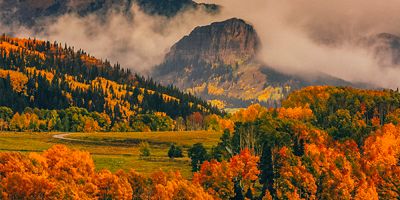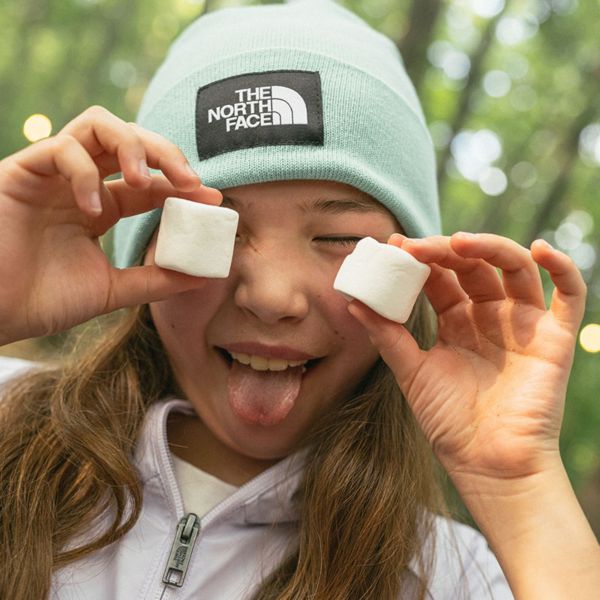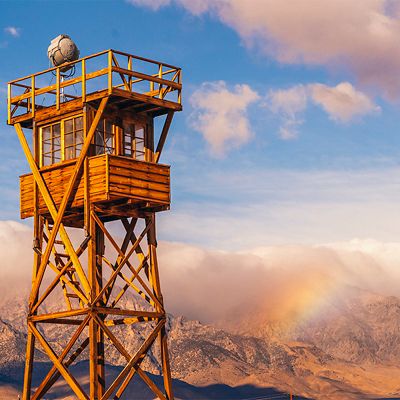It’s not just park roads and entrance stations that start to open up come springtime. All across our national park system, flowers are beginning to bloom, stretching their delicate petals out toward the sun. In the Rockies, alpine wildflowers carpet the mountain slopes. Farther south, you’ll find tiny desert blooms turning barren rock into a riot of color. And all along the East Coast, blossoming cherry trees and dogwoods brighten the canopies overhead.
Of course, some parks offer better viewing and more diverse plantlife than others. Here are a few of the best parks to get your spring bloom on.
Shenandoah National Park, VA
Shenandoah National Park, which protects a section of central Virginia’s Blue Ridge Mountains, is one of the best national parks in the country for wildflower watching. Scientists have recorded about 860 flowering species within Shenandoah’s borders, a mind-blowing level of diversity that’s due, in part, to Shenandoah’s high annual rainfall in addition to the massive variety in ecosystems that these mountains host.
To see the most flowers, roll down Skyline Drive, a 105-mile road that traces the spine of the Blue Ridge Mountains from north to south. The route is lined with 75 lookout points. (Be sure to hit Hazel Mountain at Mile 33, Point Overlook at Mile 55.5, and Blackrock Summit at Mile 84.5 for the best flora.) Skyline Drive also winds straight through Big Meadows, a wide-open field known for its blooms.
Fancy a stroll instead of a drive? You can access more than 500 miles of hiking trail starting just off the road. Consider hiking a few miles of the Appalachian Trail, which parallels much of Skyline Drive and is accessible from several roadside trailheads. Be sure to keep an eye out for blossoms like wild geranium, mountain laurel, Queen Anne’s lace, and goldenrod. More info: nps.gov/shen
Where to stay
Shenandoah National Park has five campgrounds with both tent sites and cabins. You can also stay at one of two historic lodges: Big Meadows and Skyland.
Great Smoky Mountains National Park, NC & TN
You might know that the Smokies are America’s most visited national park. But you might not know about its other record: Great Smoky Mountains National Park (GSMNP) hosts more wildflowers than any other park unit in the country. More than 1,500 flowering plant species have been identified within its boundaries, giving rise to the nickname “Wildflower National Park.”
GSMNP is particularly known for its postcard-worthy displays of mountain laurel, which begin to bloom in early May, and its rhododendron, which burst into a froth of pink come June. That said, you can see plenty of flowers even earlier. Trillium, lady slipper orchids, and crested dwarf iris all bloom in the spring before deciduous trees have time to leaf out and block sunlight. From February through April, also look for flame azaleas, flowering dogwood, and Fraser magnolia blossoms.
To see the show, it’s best to visit during the annual Spring Wildflower Pilgrimage, or to hit one of the park’s many trails. Favorites include the 3-mile round-trip Oconaluftee River Trail and the 0.75-mile Cove Hardwood Nature Trail. The Porters Creek Trail near Gatlinburg, Tenn., also flaunts spectacular wildflowers from late March through April. More info: nps.gov/grsm
Where to stay
While Great Smoky Mountains National Park maintains 10 different car-camping campgrounds, it has no motels or rental cabins other than Le Conte Lodge, which requires a 5-mile hike in. If you don’t want to camp, consider staying in one of the surrounding gateway cities like Gatlinburg, Cherokee (N.C.), or Townsend (Tenn.).










